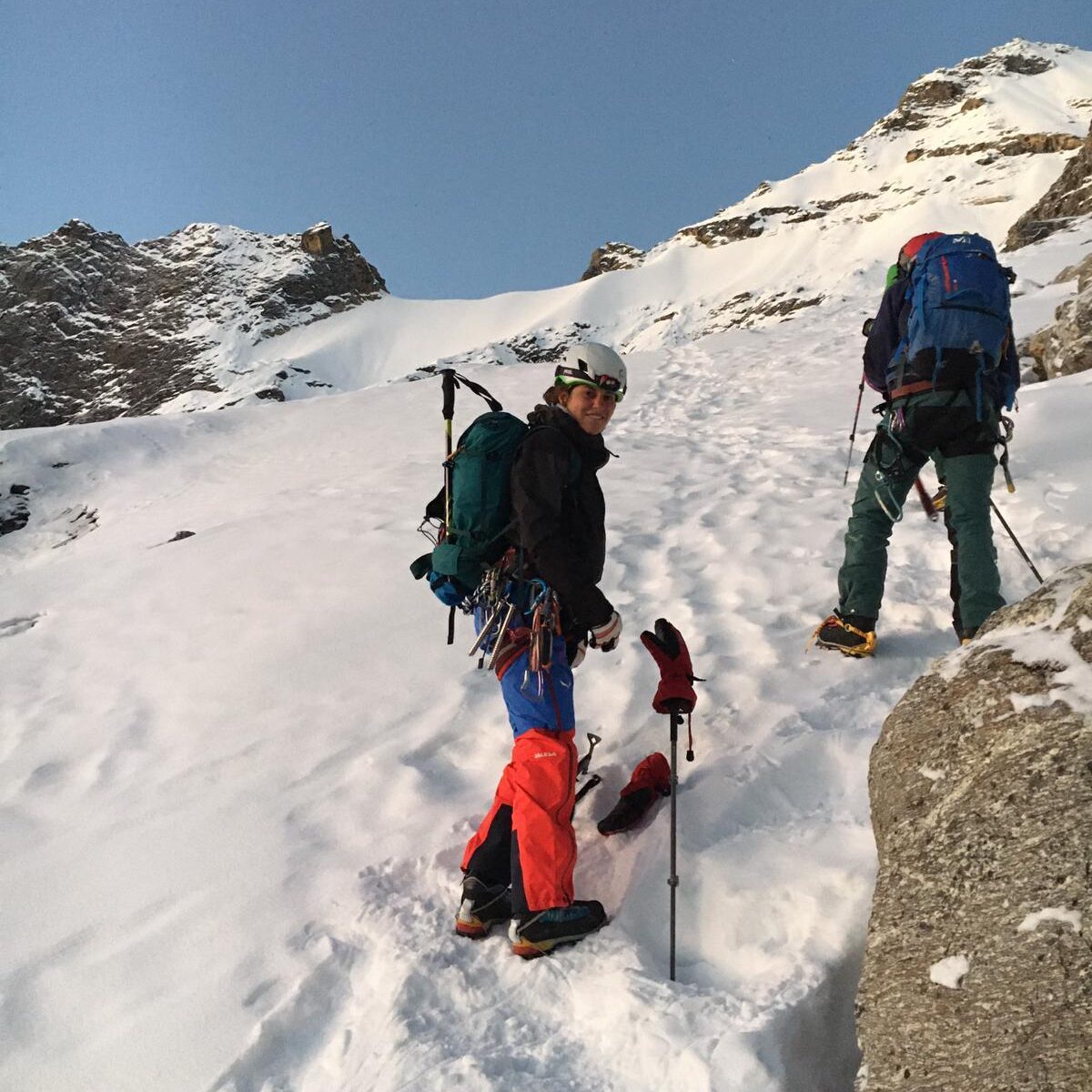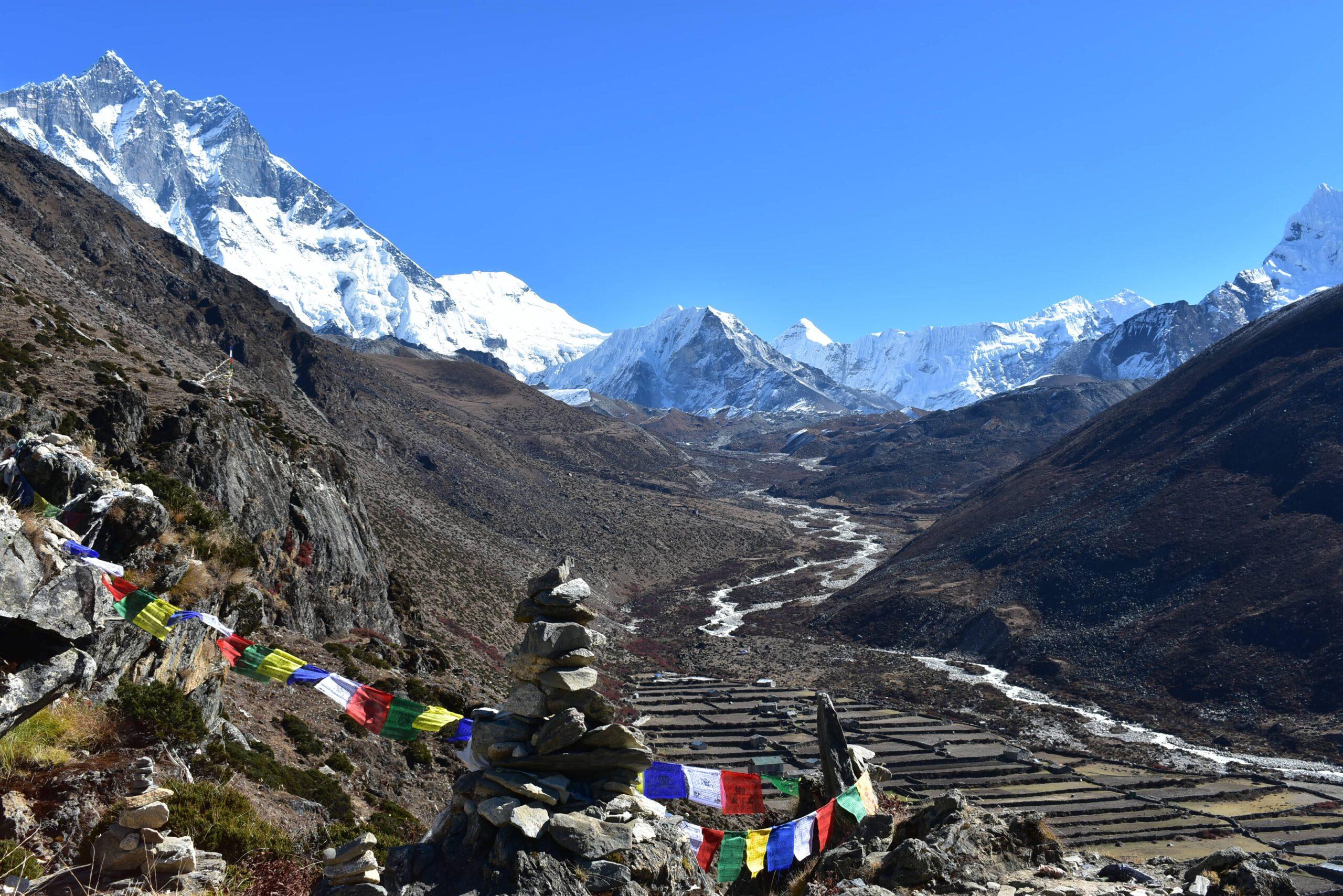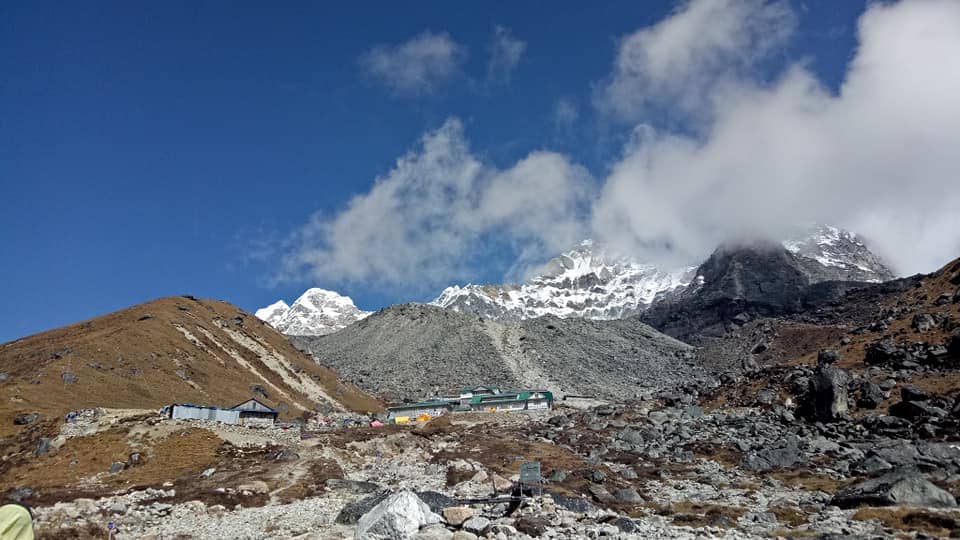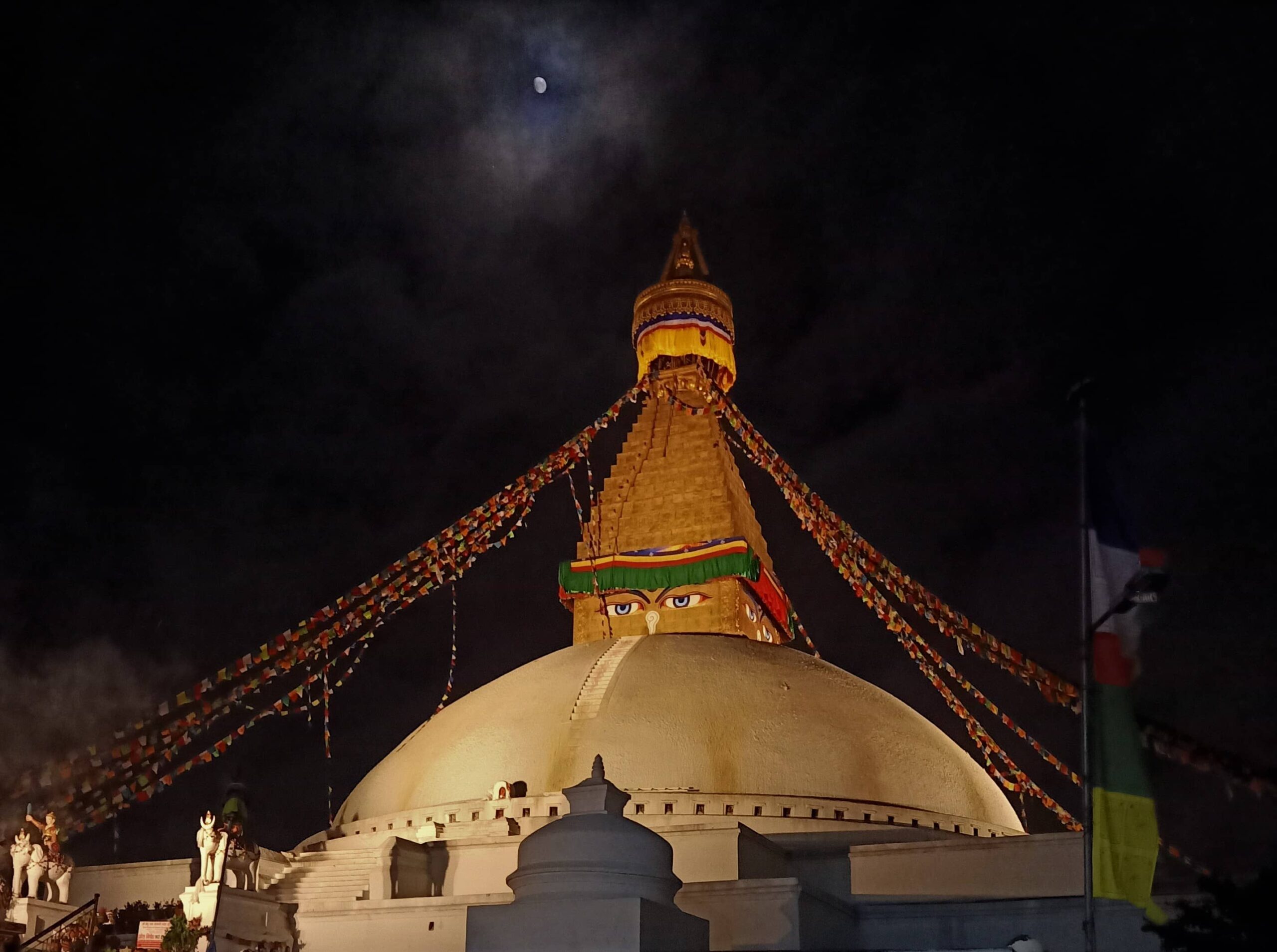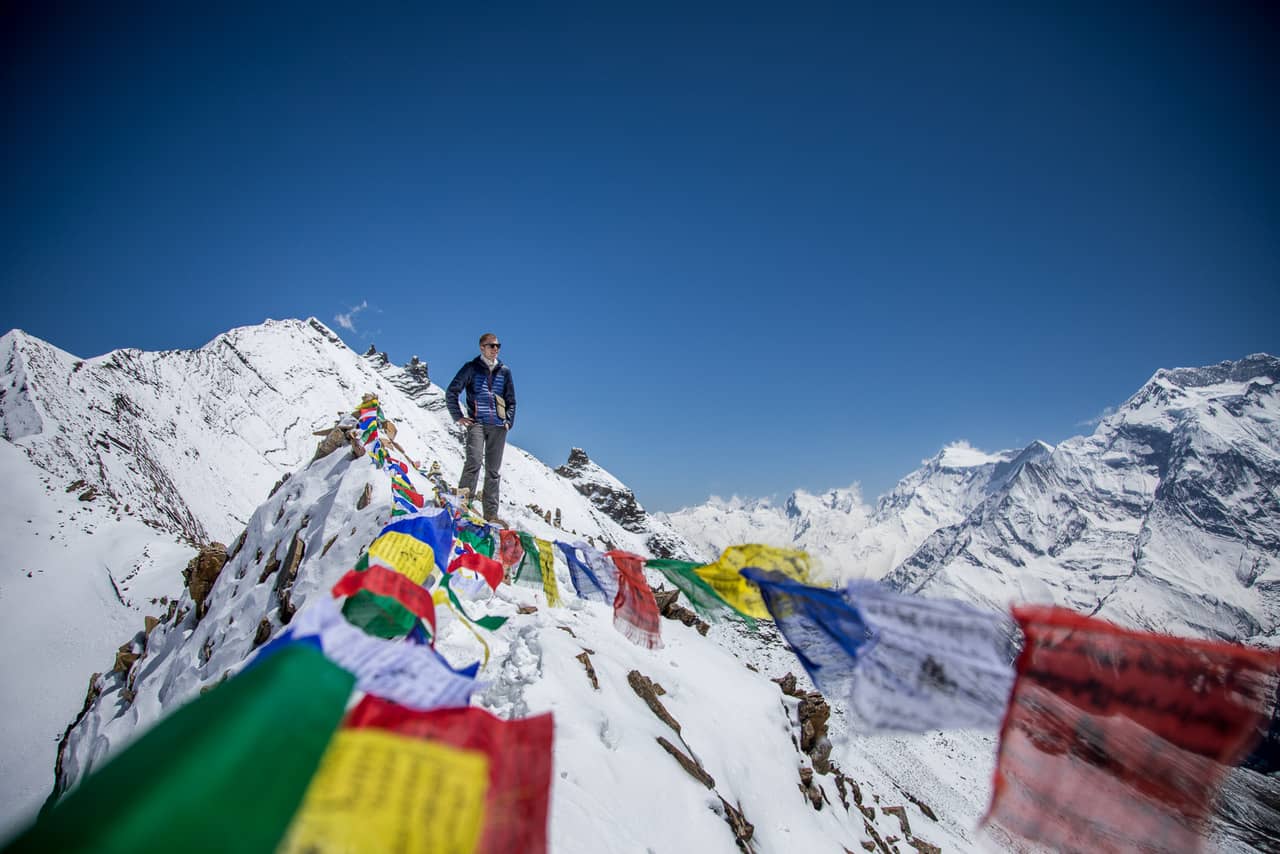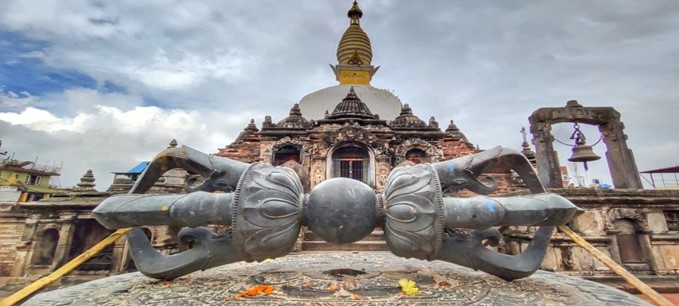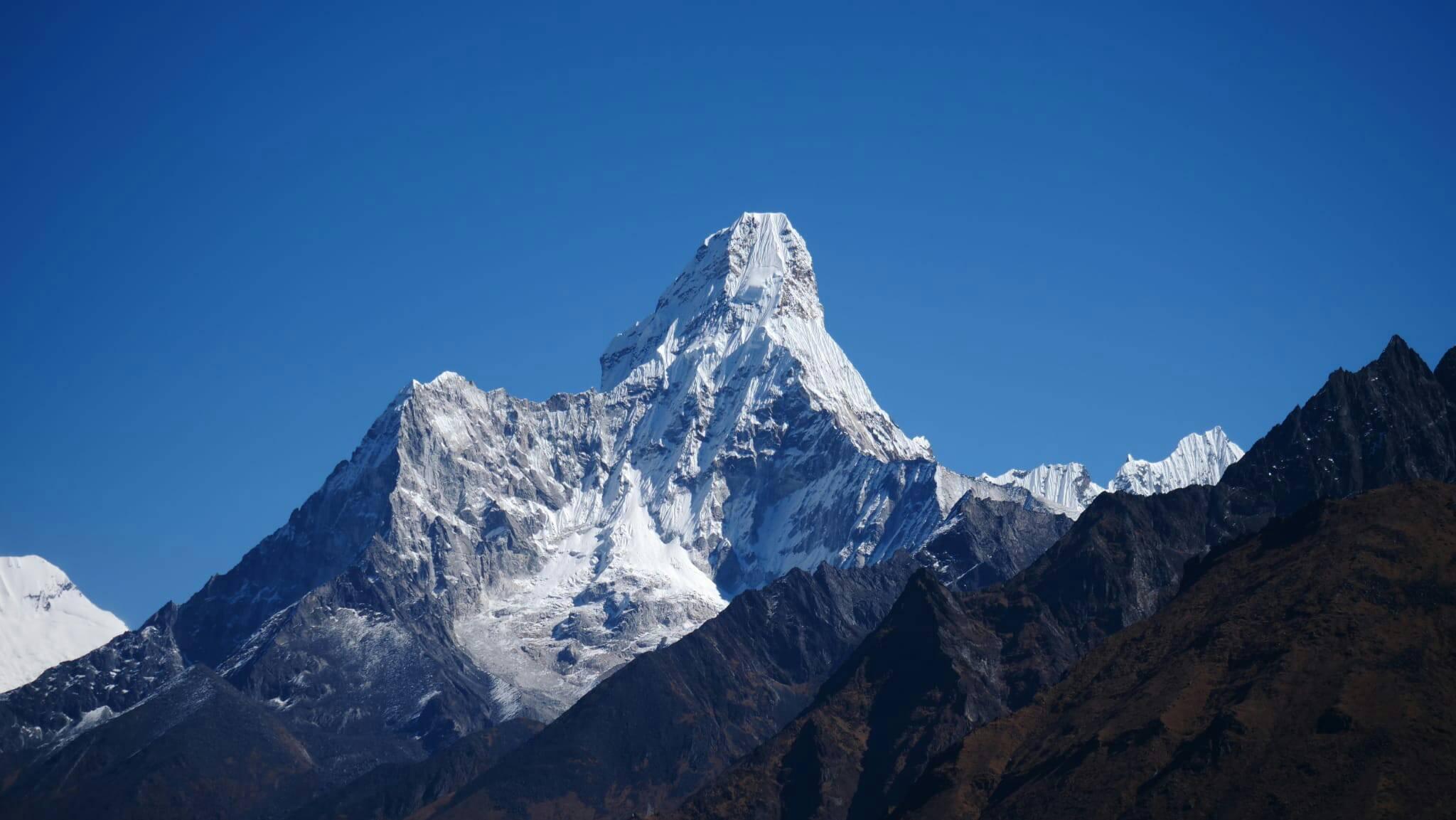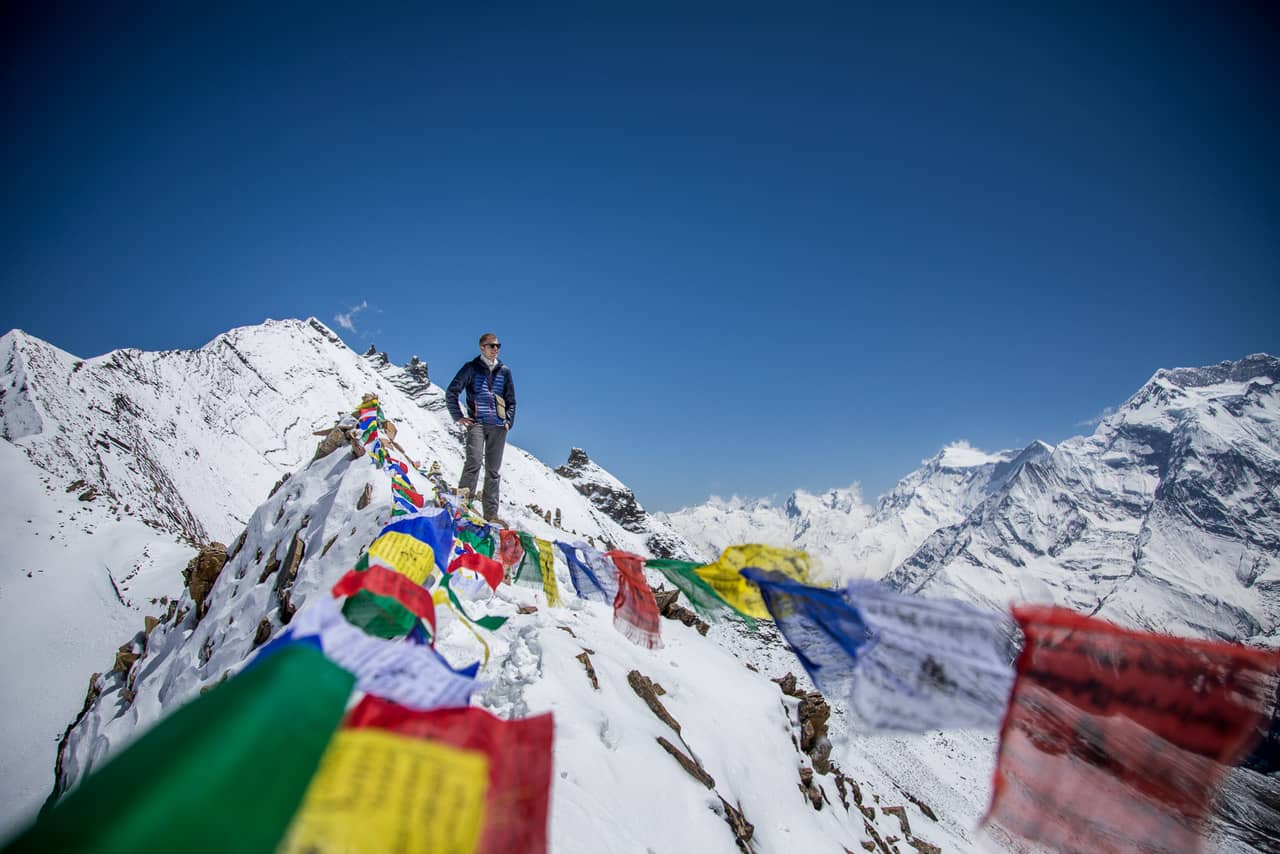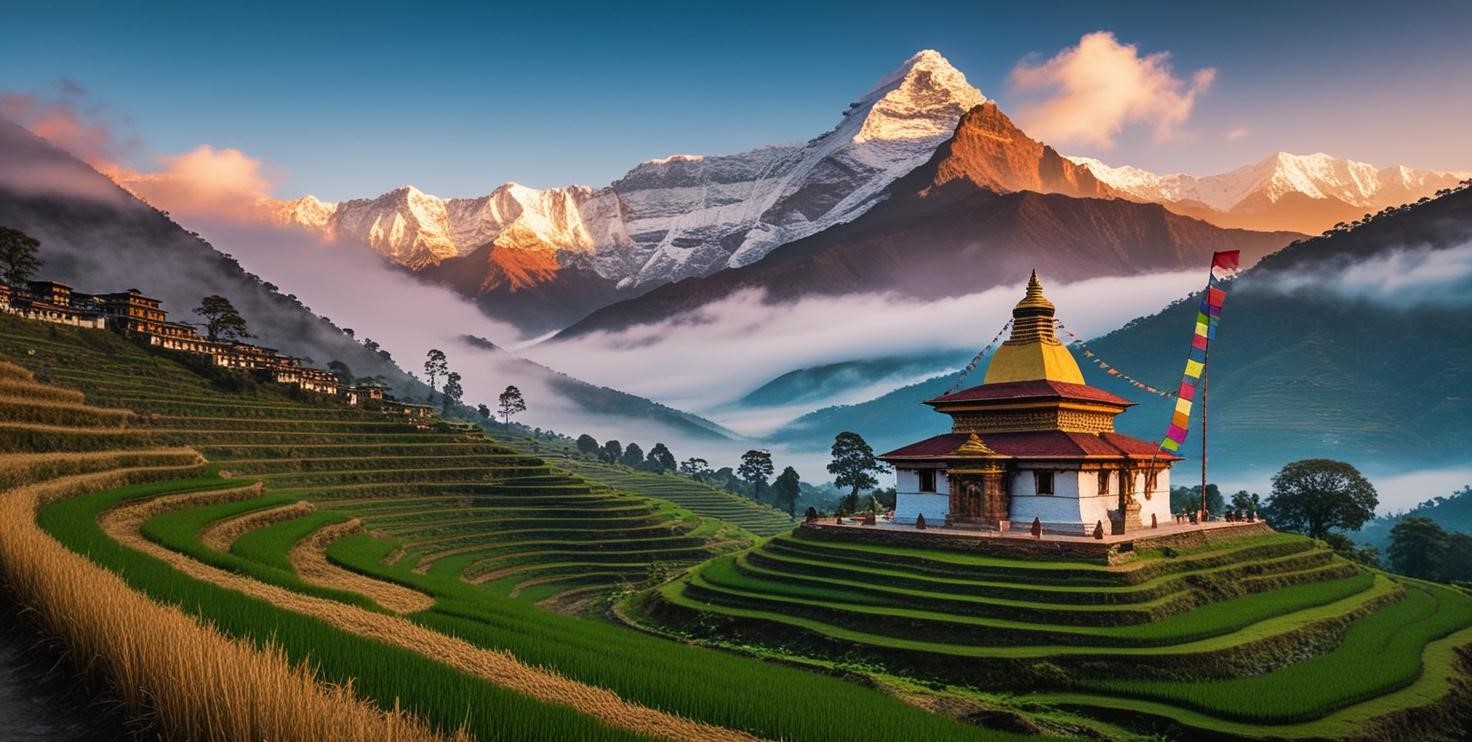
Searching for the best destination for peak climbing in Nepal? Trying to figure out the right peak to scale among the many Himalayan peaks? Well, look no further! We have created a list designed to answer your curiosity about the various Himalayan peaks in Nepal. Subsequently, helping you select the peak you are looking for. Even if you are trekking in the Himalayas, this article will help you know about the mountain peaks on your trail.
Peak climbing in Nepal first opened its doors in 1949 AD and became more popular among trekkers and expedition climbers after the famous accent of Mt. Everest by Sir Edmund Hilary and Tenzing Norgay Sherpa in 1953. Peak climbing in Nepal has many favored destinations, with over 326 peaks now open for trekkers and climbers. Mountains as high as 4000m and over 8000m are waiting to be explored and conquered.
Mountain peaks that are under 6,500m fall under the category of “Peak Climbing” or “ Trekking Peaks” as classified by Nepal Mountain Association (NMA). Nepal has over 1,310 high mountains some of which are climbable and some which have deep roots in the culture of Nepalese people. As mentioned above the peaks under 6,000m can be climbed as normal trekking trips. However, scaling the peak requires a separate permit fee.
Most of the 6,000m peaks ranging from 6000m to 6,999m are easily scalable as compared to the challenging 8,000m ones. 6000m peak climbing is less strenuous and can easily be achieved by novice trekkers/climbers. Being physically fit with a sound health condition will help you climb these peaks with ease. Below we have mentioned the most popular peak-climbing destinations for destination in Nepal.
- Island Peak
- Mera Peak
- Lobuche East Peak
- Chulu Far West/ East Peak
- Naya Kanga
- Pisang Peak
- Gangala Peak
- Island Peak (6,189m | 20,305ft)
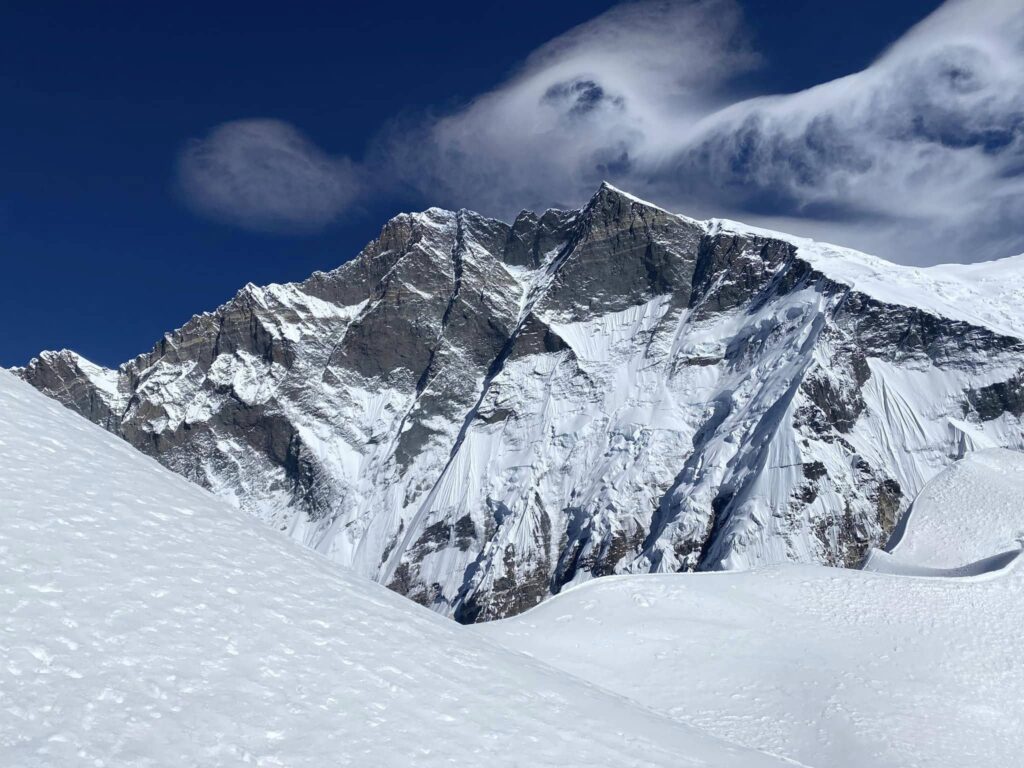
Island Peak, known as Imja Tse in the local language, is a mountain located in Sagarmatha National Park. The peak was named by the British expedition team due to its appearance as an island in a sea of ice when viewed from Dingboche. The southwest summit of the island peak was first climbed in 1953 as a part of the training exercise to climb Mount Everest led by a British Expedition team.
Island Peak is one of the most popular climbing peaks in the Himalayas. From the summit, you will be greeted with views of the highest mountains like Lhotse, Makalu, Cho-Oyu, and Mt. Everest. While climbing the peak you can make a nearby ascent to Kala Patthar and an optional trip to Everest Base Camp.
- Mera Peak ( 6,476m | 21,247ft)
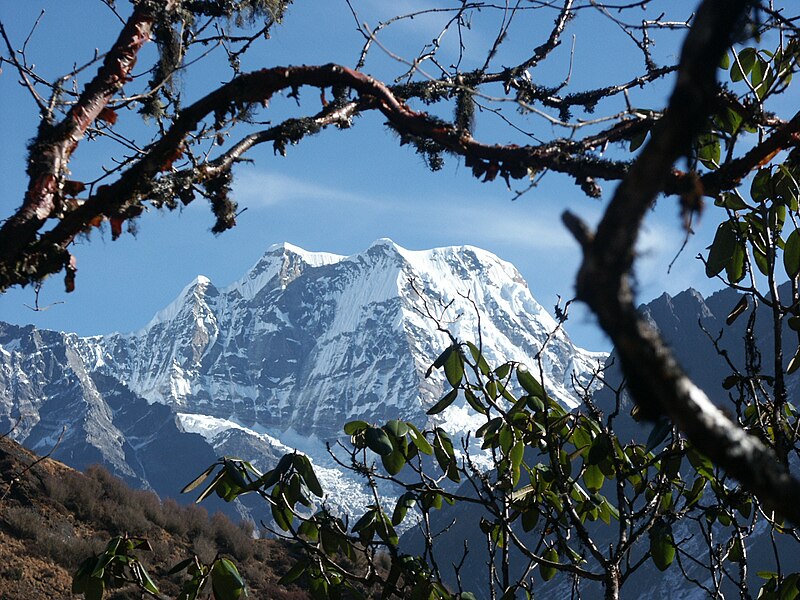
Mera Peak is another popular peak with an altitude of over 6000m. Though being at a higher altitude, the climb to the summit is relatively easier due to its straightforward trail and gentle slopes.
However, the only issue you may encounter is improper acclimatization and sometimes bad weather especially during off-seasons. Other than that you will be able to see some of the best views from the summit.
- Lobuche East Peak (6,119m | 20,070ft)
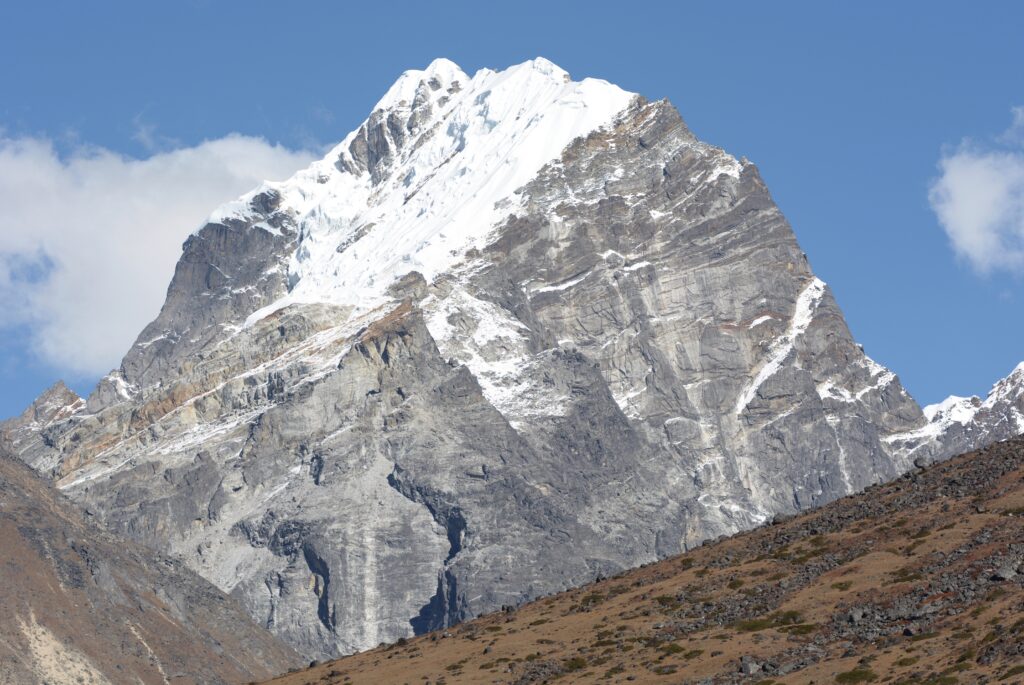
Lobuche Peak consists of two separate peaks Lobuche Far East and Lobuche East. This is yet another high peak located in the Khumbu region near the iconic Everest Base camp. Though it may seem challenging due to its technical sections such as snow slopes and rocky ridges, requiring the use of crampons, ropes, and ice axes. The unparalleled panoramic views of the Himalayan mountains will be well worth the climb. Lobuche Peak is an excellent choice for beginners looking for some challenge.
- Chulu Far East/ West Peak (6,419m | 21,055ft)
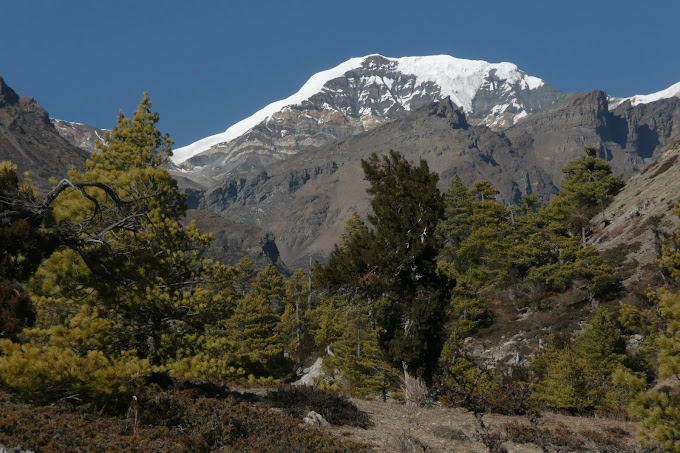
The Chulu Peak is located slightly off the Annapurna trail close to the Throng La Pass. This peak is technically more demanding, requiring a longer hike, and involves setting up two high camps before reaching the summit.
This peak is recommended for experienced trekkers with great physical condition. Despite the challenging ascent, the view from the summit is equally rewarding as you can see the entire Annapurna and Dhaulagiri mountain range along with the view of Tibet and China to the north.
- Naya Kanga ( 5,846m | 19,179 ft)
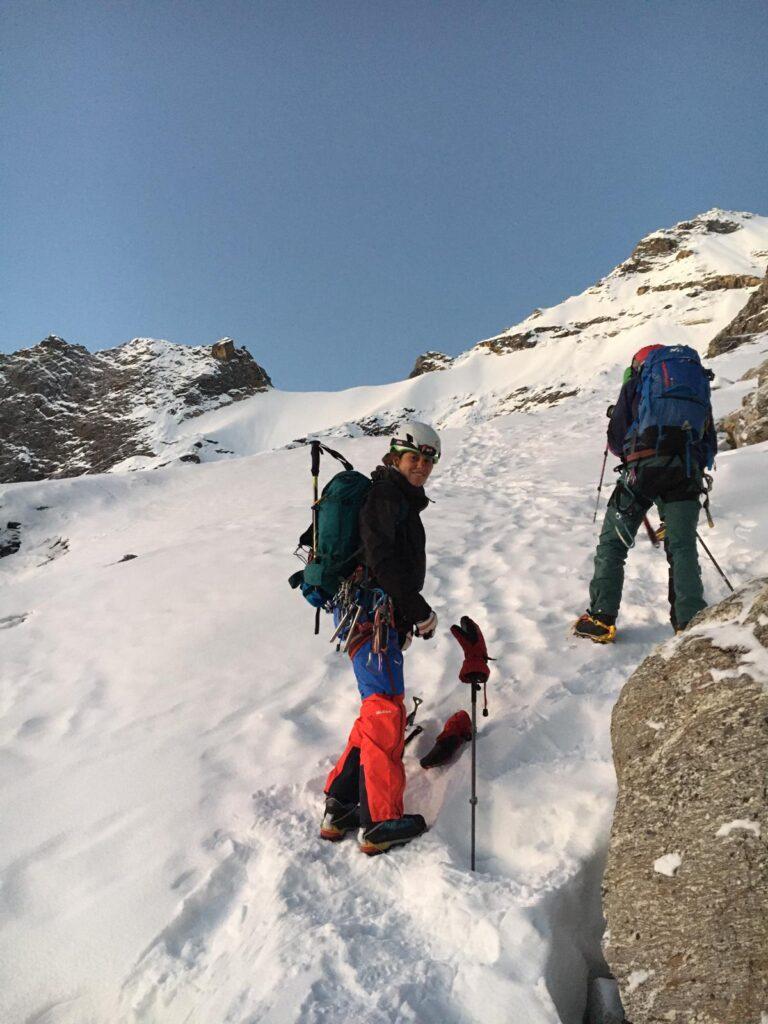
Naya Kanga also known as Ganjala Chuli lies in the Langtang region. The peak is short but tricky which requires technical climbing skills. The trail is relatively straightforward, but there is one small rocky section with steep snowy slopes requiring technical skill.
Naya Kanga is the shortest peak climbing in Nepal located in the southern range of Langtang Valley, inside the second largest national park in Nepal north of Kathmandu. From the summit, you will be able to view Langtang II 6596m, Lirung 7246m to the north, Shisapangma 8035m, to the northeast, and the nearby Ganja La 5122m to the east.
- Pisang Peak (6091m | 19,984ft)

Pisang Peak lies north of Manang Valley, passing through the famous Annapurna Circuit Trek. The climb to the peak requires proper acclimatization can be done via the west ridge. The ascent to the high camp, 5,200m is difficult to climb, especially during monsoon and winter. Prior experience is recommended due to its snowy and slippery trail. Novice climbers may feel comfortable climbing the nearby Chulu Far East or the Island Peak. The fabulous views of Manang Valley and Annapurna Range can be seen from the summit.
- Saribung Peak (6346m | 20,761ft)

Though climbing to Saribung Peak started recently, it is quite popular among climbers. The peak is located in the isolated part of the Mustang region close to the border of China. The trail leads you to high cliffs, rugged terrain, and snowy mountain slopes. Climbing the peak requires reasonable physical fitness and prior experience. From the peak of the summit, you will be able to witness stunning mountains like Nilgiri (7,061m), Himlung (7,126m), Lamjung Himal (6,983m), Mt. Manaslu (8,156m) and Annapurna II (7,937m). Due to the high altitude of the peak, proper acclimatization is recommended.
The Nepalese Himalayan mountain range gives you an array of choices that suit your needs, fitness level, skill, and experience not found in any other part of the world. If you are in search of an adventurous journey and want to experience the thrill of peak climbing in Nepal, Book your adventures with Corporate Adventure Treks!



